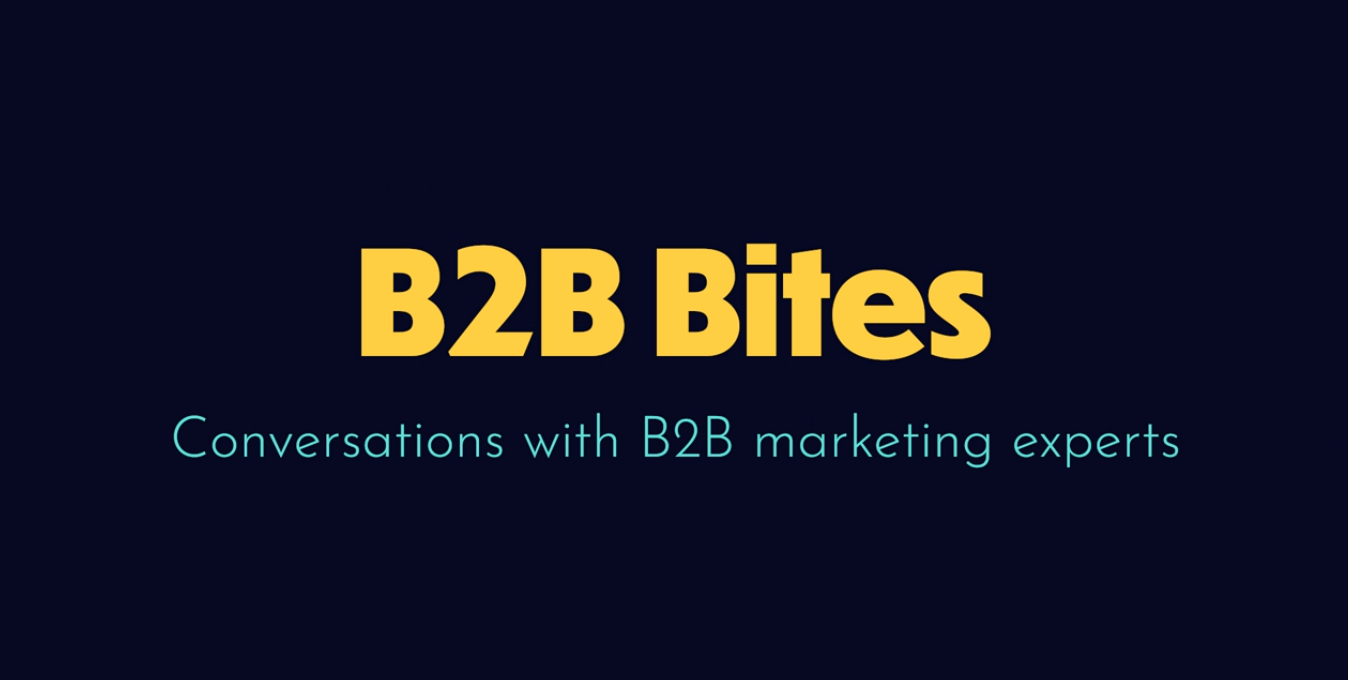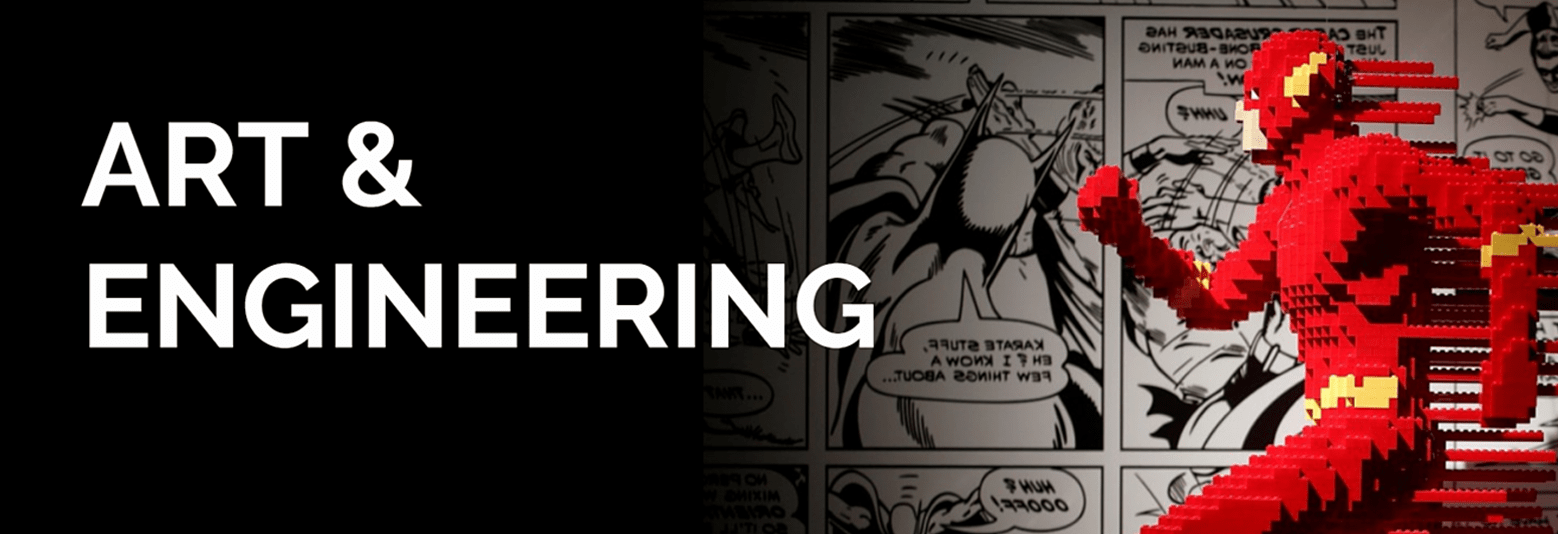So, you’ve made the decision to embrace inbound marketing and generate customers in a more organic, interest-based way. While you may be keen to dive right in with blogs and content offers, there are other things you can do to help get the inbound gears turning in your favour. One of these things is optimising your site and redesigning or refreshing it for inbound.
It's important to note that these changes don't have to be part of a big redesign, hence we use the word refresh as well. These recommended changes can be made in small incremental steps as you embark on your inbound journey.
Redesigning or refreshing your website for inbound marketing is about more than beautifying existing site pages; it’s a reworking of all conversion elements, visuals and content to facilitate buyer conversion. In this blog, we highlight the most important things you should keep in mind when redesigning for inbound.
Identify & design for key buyer personas
The first step in redesigning your website for inbound marketing is identifying your key buyer personas: your ideal user, their industry, needs, interests and pain points. Along with your blogs and site offers, you should design your website to engage users and facilitate conversion.
What is it your ideal buyer is looking for in terms of site layout? Is it informative, detailed site content, or a page of infographics or videos, which feature your company’s products/services?
The best design choices for your website depends entirely on what your key buyer personas are searching for; this is the backbone of inbound, and the entire reason inbound strategies work. Consumers dictate design, and companies must evolve to meet the needs of those consumers to sustain online success.
Design and value proposition
Value propositions are typically one of of the strongest conversion elements a site will feature. While their content and message must be optimised to influence visitors, so, too, must their design. Value propositions should be visually broken down into four key elements, including:
- A strong headline; concisely describes exactly what you are providing to your customers
- A sub-header or brief explanation paragraph; provides more detail on your services and why its important to consumers
- A bullet list of key takeaways from your offer
- A related visual element, such as an infographic or video
- Your value propositions will be a deciding factor in many of your conversions. Carefully formatting and designing these propositions is an essential step of redesigning your site for inbound.
Do’s and don’ts of an inbound redesign
Just like the world of online marketing, there will always be elements of web design that change with time. Once featuring dynamic colours and realism, today’s modern web design calls for flat presentation. Minimalism is the current trend in design… but what will it be in five years, let alone one?
That being said, the following are general tips you should follow when redesigning your website with an inbound methodology in mind, which focus on the few core principles of a timeless design:
- Do: make visual cleanliness a priority. Make sure your spacing and site modules are aligned correctly, and featured throughout your site consistently. Keep site typography simple, and avoid distracting fonts or word effects, which ultimately will make your site look sloppy.
- Do: build your pages with SEO (Search Engine Optimisation) in mind. Similar to your content, your site pages should be designed toward specific keywords or campaigns. The key here is consistency. All CTAs, graphics, images and layouts should be designed to convey one message, or to hit one key persona pain point.
- Do: optimise navigation for all platforms. Your website should be just as functional on a smart phone or tablet as it is on a laptop. Poor navigation will drain your conversion rate. Align your pages and conversion elements, and make sure navigation and site responsiveness is fine-tuned for all mediums.
- Don’t: create clutter or confusion by stacking CTAs. Use a single CTA for a single page of content, and keep it closely aligned with the page’s message. Use action words to drive click-throughs, and not overload the CTA with excess information.
- Don’t: overload your visitors with a giant wall of text. This is a quick way to deter otherwise interested visitors, as your average user will decide whether or not to stay on your site in as little as 5 seconds. Break up your text with related images, video embeds, lists or quotes to make your pages more visually appealing.
- Don’t: feature a wide, “flashy” array of colours. Pick a colour scheme for your site (of maybe 2-3 colours, rarely more) and stick with it. Having too many colours on your site will undermine your efforts to drive users in certain directions, such as toward conversion elements.
When redesigning or refreshing for inbound, simplicity and cohesion should be your goal above anything else. Your messages and value propositions should be tailored for key buyer personas, and complemented by a site design that drives conversion.









